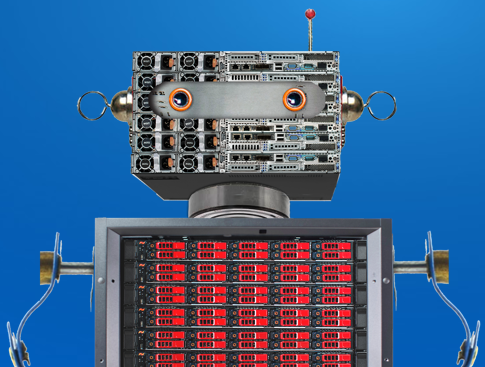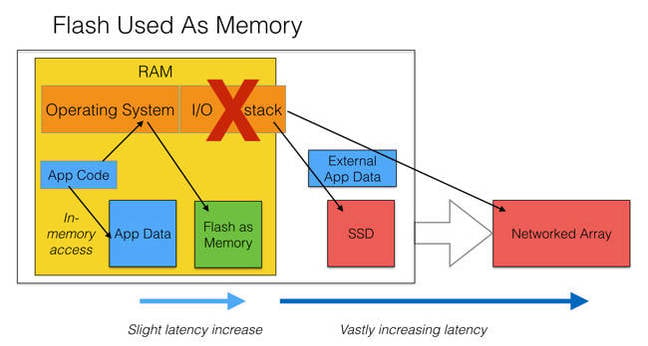My family and I recently took a massive risk - we purchased an Irish pub. The pub is in downtown Grand Rapids, MI and had been struggling due to a lack of investment, management, and ownership neglect. It was losing money and it wasn't hard to see why: service was awful, the building was dated, the beer was skunky, everything smelled.
 |
| Before |
We ran the bar for 4 weeks after purchase to get a better understanding of the business, then shut it down for 6 weeks for renovations. We re-opened 2 weeks ago and have endured the trial by fire, and I think we've come out the other side satisfactorily. In this post I'd like to lay out our financial modeling, our business strategy, and the results so far.
 |
| Before |
I composed from the previous owner's tax returns an income statement. What it revealed is that draft costs and liquor costs are higher than industry standard, accounting for $7k in losses. I frankly don't believe either of those numbers: the draft lines were 120ft long and poured pure foam, plus the staff (and their friends) were drinking for free. I'd personally seen bartenders giving away booze! I'm curious to anyone's advice on how (or why) the previous owner could have hid these costs.
The other thing this reveals is that food costs as a % of food sales are way too high: 43% in contrast with industry-standard 29%. There's $35k disappearing there!
 |
| Before |
Our business plan was pretty simple in concept:
- $275k in loans and $225k in capital to purchase the bar and completely remodel it.
- Tap talent for the NEW bar!
- Design (logo, artwork, menu)
- Construction (floors, ceiling, new bar, new cooler and draft lines, booths, etc)
- Transform the staff and culture: many of the original team did not make the cut. Anyone whose honesty we questioned or who did not have a customer-centric outlook quickly phased out of the bar, and the pub's great new look attracted better employees. We took a zero tolerance policy to theft, sexual harassment, and set high standards for everyone.
- Implement systems of quality: daily and weekly checklists to avoid crises and ensure tasks like ordering and cleaning were completed with accountability, plus replacing aging systems with modern ones with lower TCO.
- Advertise: we are developing a strategy that combines media, community involvement, social media, and a ground game to fill our pub during non-peak hours.
- Marketing: we tapped a mixologist and chef for parts of our menu. Much of the whiskey, beer, and food selection was made by ownership. And we made big pricing changes: I graphed the COGS and price of every item and created tiers of target margin, and we now only carry items that fit into those tiers.
 |
| Opening Day |
Along the way, we've learned a few lessons. One is that owning a pub is all-consuming: there are always a million things to be done, and you have to learn time management like none other. Another is having to accept that in the bar business, you're simply going to have some unhappy customers, and you have to figure out what's in your power. And last, uncertainty kills job creation. We'd like to hire several more people, but it's so hard to predict demand and sales that we are just taking the work on ourselves.
 |
| After |
I could cover a million large steps we took to drive sales, but let's leave that for Part 2. So how about the results so far - are we going to be miserable failures? For a baseline, I pulled daily sales data from the past two years (2014 sales were better than 2015 sales) and graphed it:
A couple of takeaways here: we are running at 247% of 2015 sales and 153% of 2014 sales. We have not had a single day where we didn't exceed previous years!
We are wildly exceeding our expectations. If this pace continues, we'll have plenty of money to hire a manager and let the pub stand largely on its own operationally. That would give us the ability to focus on business development and efficiency. I've created a calculator to model increased costs with increased sales, but there's a lot of uncertainty - will this trend continue? We can't do 147% better than last year forever right? How much of this is just a new-bar pop, vs how much can we create new business and beat the competition?
 |
| After |
Part 2 coming soon. In the meanwhile, check out our
website and
facebook! Or if you find yourself in west Michigan, stop in for a drink :-)















